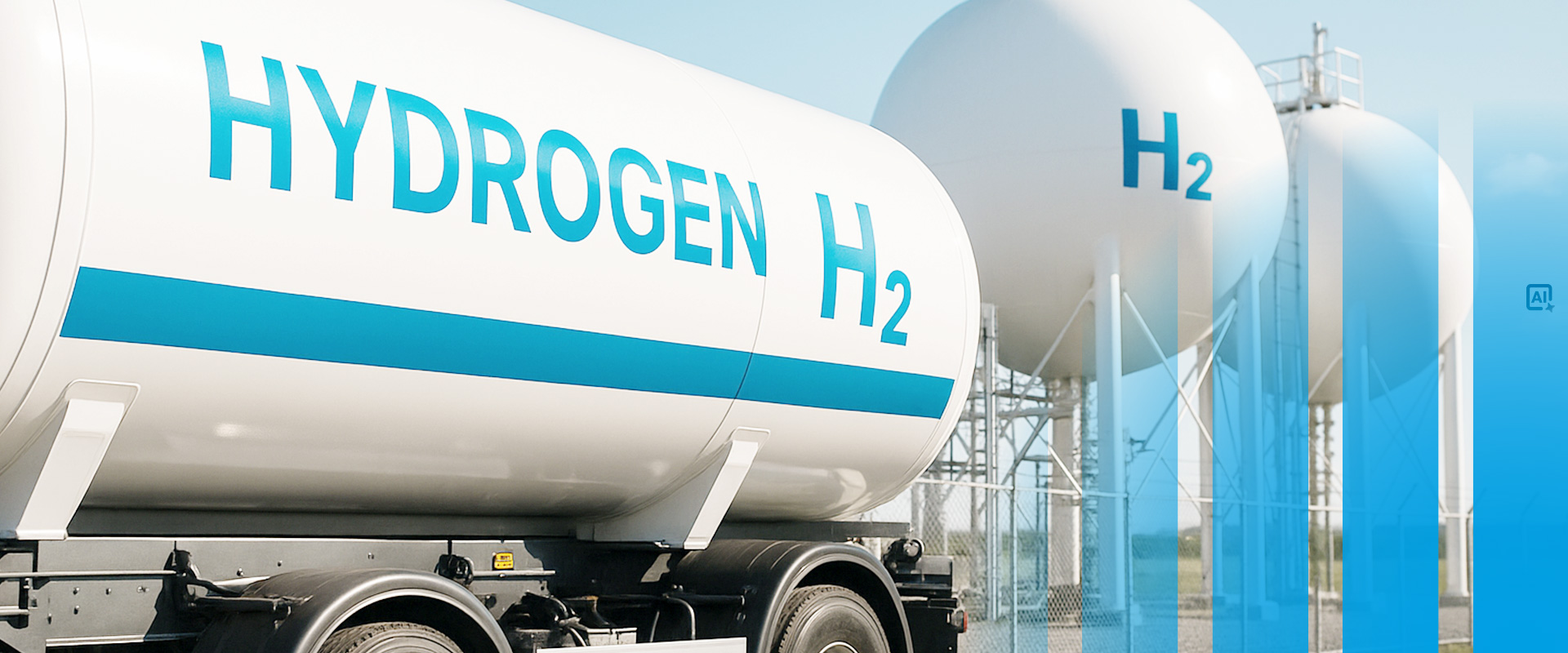Transportation + Logistics
Gas warning systems for transport & logistics – safety when handling LPG, LNG & CNG
Liquefied petroleum gas (LPG), liquefied natural gas (LNG) and compressed natural gas (CNG) are becoming increasingly important in the transportation and logistics sector – whether as alternative fuels, in temporary storage or for handling in freight forwarders, ports and filling stations.
What is often underestimated: These energy sources are highly explosive, invisible and life-threatening in the event of a leak. Without reliable gas monitoring, dangerous situations can quickly arise – for example due to leaks, faulty connections, tank operations or mechanical impacts on containers.
What is LPG, LNG, CNG?
- LPG (Liquefied Petroleum Gas): mostly propane/butane, stored as a liquid under pressure
- LNG (liquefied natural gas): highly cooled methane, liquefied at -162 °C
- CNG (Compressed Natural Gas): gaseous methane, stored under high pressure
Typical areas of application:
- Refueling and storage in vehicle fleets, logistics centers, bus and truck depots
- Gas-powered vehicles in closed workshops or garages
- LNG/LPG filling stations, transshipment terminals and port facilities
- Temporary storage for gas cylinders or pressure vessels
Relevant risks:
- Explosion hazard in case of leakage in closed or poorly ventilated areas
- Displacement of oxygen (risk of suffocation) by methane or propane
- Cold burns with LNG due to contact with cryogenic media
- Unnoticed leaks – as the gases are odorless and colorless (sometimes only with odorization)
Why gas warning systems are indispensable:
- Early detection of leaks or hazardous concentrations
- Prevention of explosions or suffocation accidents
- Safe operation of filling stations, vehicle halls, workshops and storage rooms
- Compliance with legal regulations (ATEX, BetrSichV, TRBS, DGUV, ADR)
Our solution: Intelligent gas monitoring for transportation & logistics
We offer tried-and-tested gas detection systems for all critical areas – whether stationary in tank areas, mobile for maintenance work or networked in logistics centers.
Your advantages:
- Early warning for methane, propane, butane & co.
- ATEX-certified technology for potentially explosive areas (Zone 1/2)
- Automatic control of ventilation, shutdown or alarms
- Interfaces to door control, BMS or fire alarm technology
- Robust, maintenance-friendly systems for daily use
